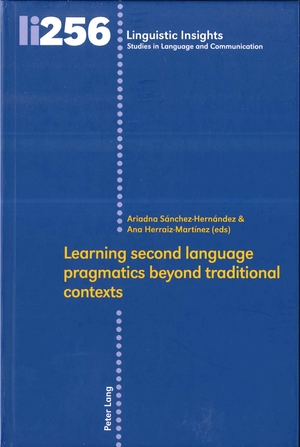
Over the last few years, research has explored the reliability and feasibility of the functional dimension for the assessment of writing proficiency (Kuiken & Vedder, 2016; Palloti, 2009). More recently, studies have analyzed the effectiveness of different learning environments, such as the study abroad (SA) and English-medium instruction (EMI), in increasing language proficiency (Ament & Pérez-Vidal, 2015; Humphreys & Mousavi, 2010; Storch & Hill, 2008; Taguchi, 2011). However, to the best of our knowledge, no study has explored the relationship between EMI and functional adequacy. The present longitudinal investigation aims to fill this research gap by examining whether EMI influences functional adequacy in second language writing. The present investigation includes a pre-test, post-test and delayed post-test version of a pragmatic-written task. Research findings revealed that assessment of the functional adequacy of 306 motivation letters performed by 102 students improves over one academic year, suggesting that EMI may exert an influence on functional adequacy in L2 writing. Results from this study show the importance of EMI for the development of L2 functional adequacy in L2 writing and suggest that the functional dimension of L2 production is an essential and determinant aspect in assessing L2 pragmatic competence.